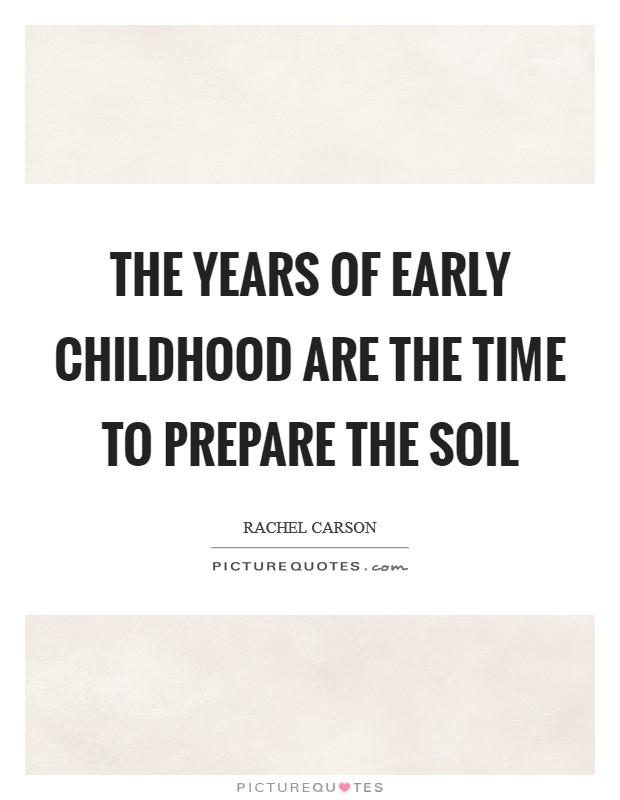To measure the "whole child," I would say that the child's spiritual wellbeing, emotional wellbeing, and physical wellbeing must be measured. These three alone would help to measure the child as a whole.
School districts are grading our children on test scores and grades, but there is more to each child than a test score. Most children cannot take tests. They panic in trying to answer questions and tests trigger anxiety in most people, not just children. It is a shame that someone somewhere feels that the best way to measure the growth of our children's education by taking a standardized test. There are plenty of other ways to measure how much our children have learned in a classroom. This also goes back to the fact that children with labels receive different assessments. Why is the norm for assessment a test where children fill in bubbles? Personally, just thinking about this makes my stomach hurt.
Ultimately, what standardized testing comes down to is that it does serve a purpose, but it can be detrimental to a child's well being.
In other parts of the world, standardized testing looks very different than the United States.
"In the UK, children will take 15-20 standardized tests by the time they are 16 years old. These tests help them continue their education." (Salaky, 2018)
In Japan, there are many standardized tests. But, there is only one test that will determine if they are even allowed to continue in high school. The test is so important that parents begin studying with their children in Kindergarten.
In China, there is a 12 hour test that determines each child's college career. It is taken over two days and it has a plethora of different topics on it.
I think it goes without saying that many places in our world put a huge emphasis on testing and it is a part of our education system, no matter where we live.
References
Salaky, K. (2018, September 5). What standardized tests look like in 10 places around the world. Insider. https://www.insider.com/standardized-tests-around-the-world-2018-9.




